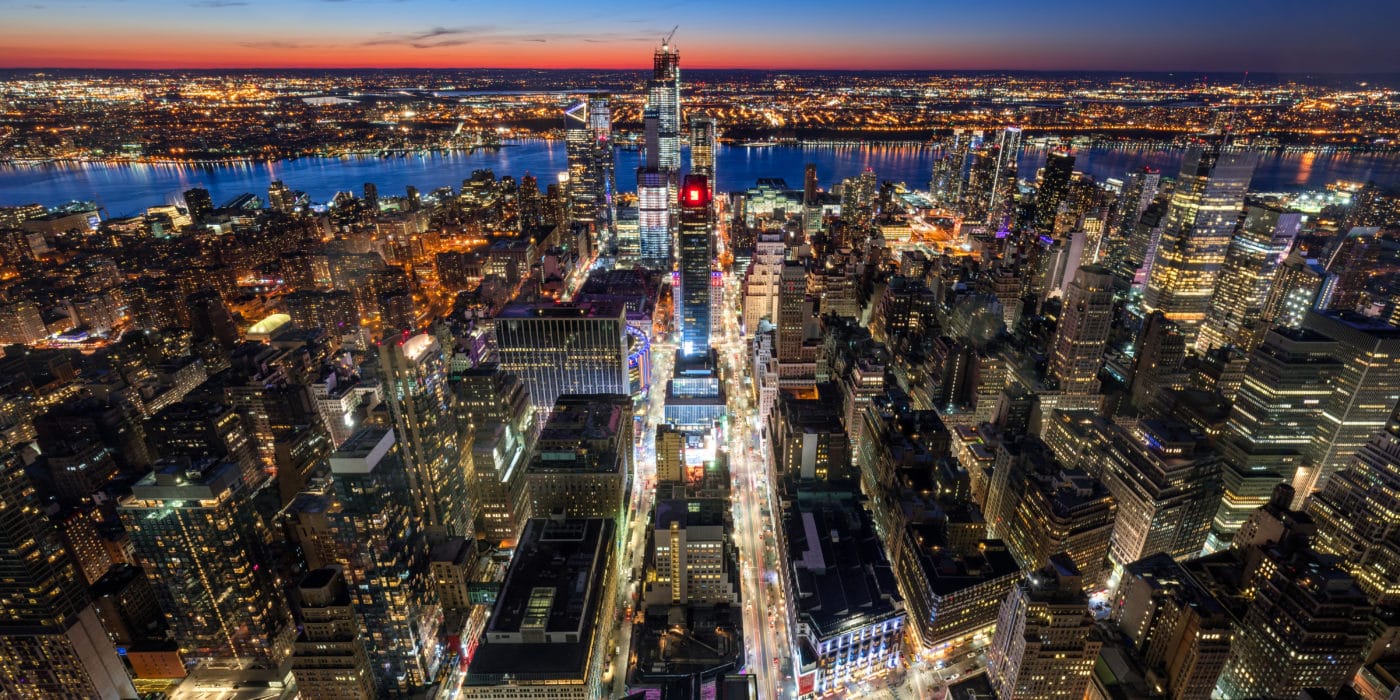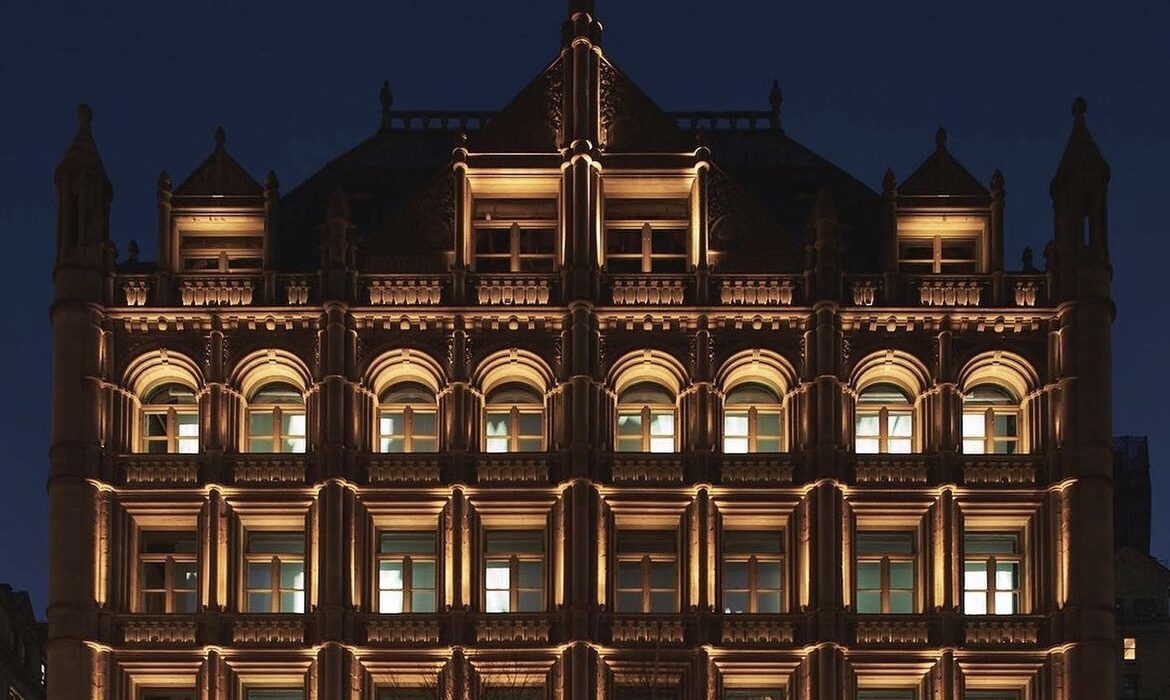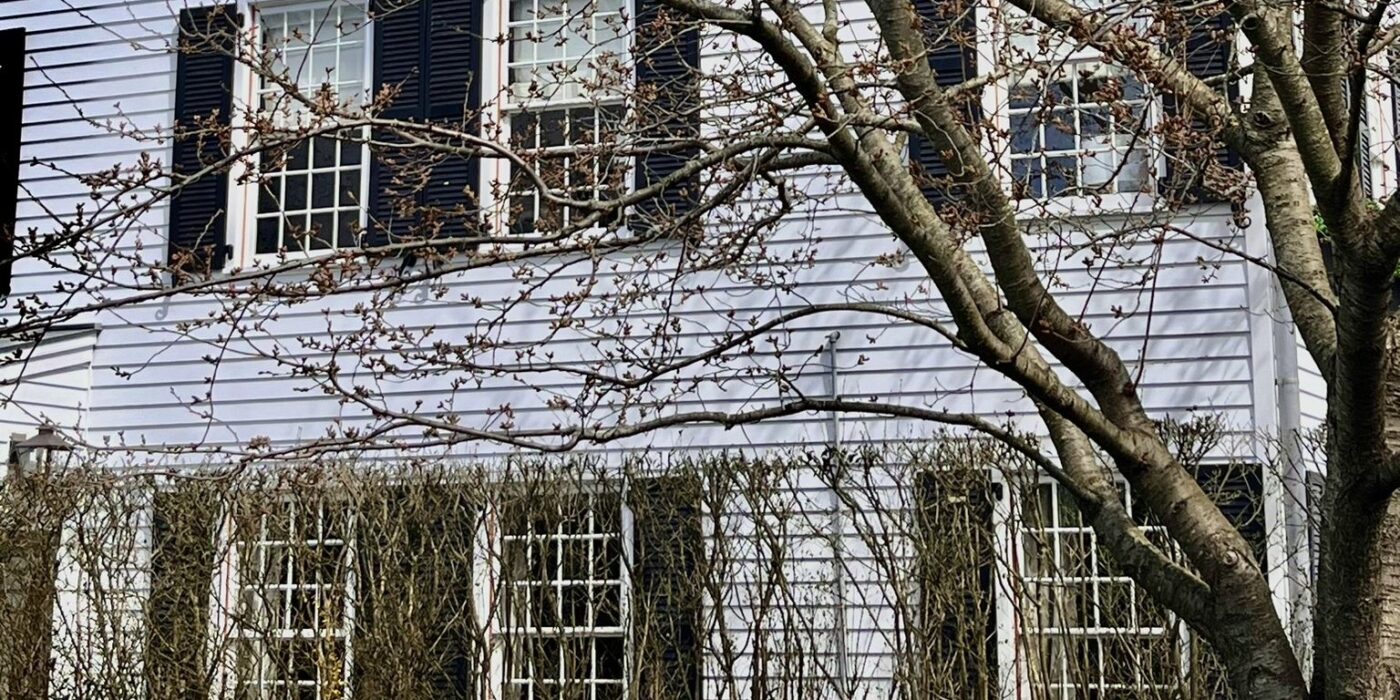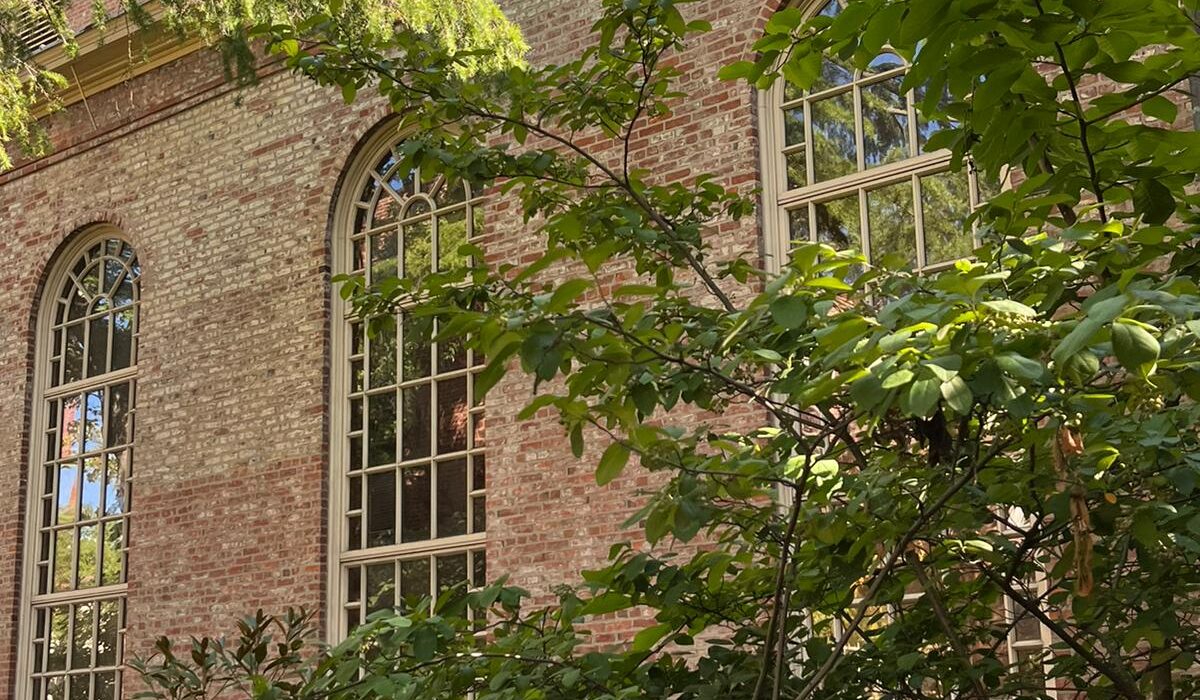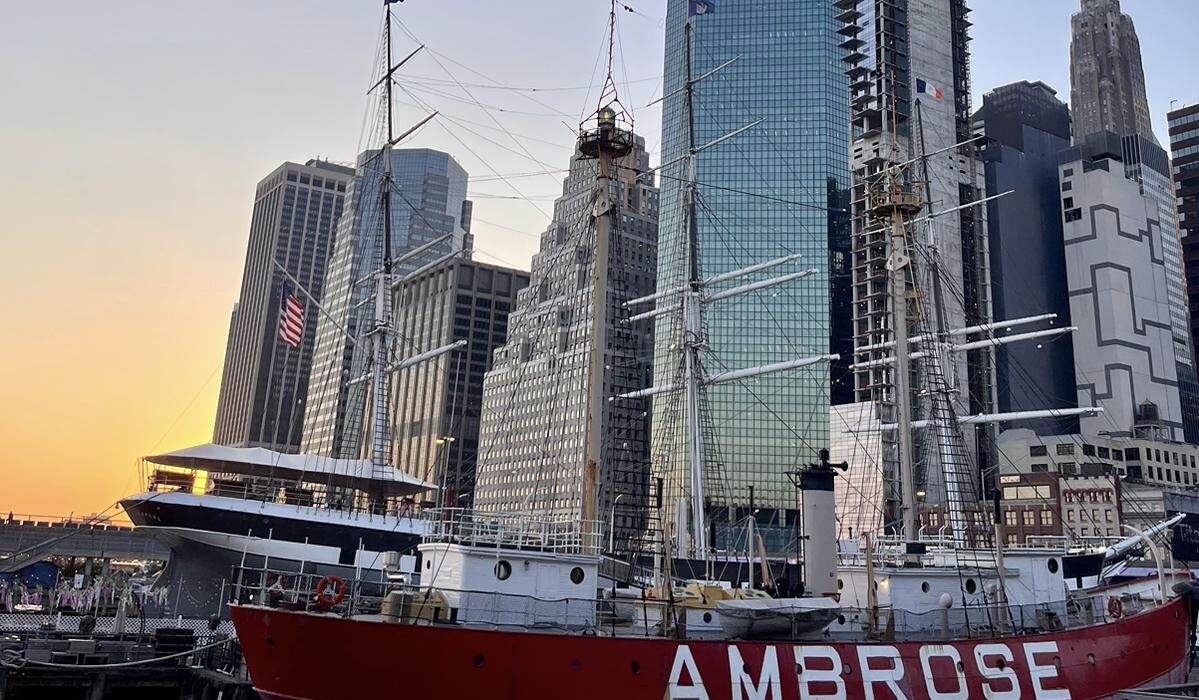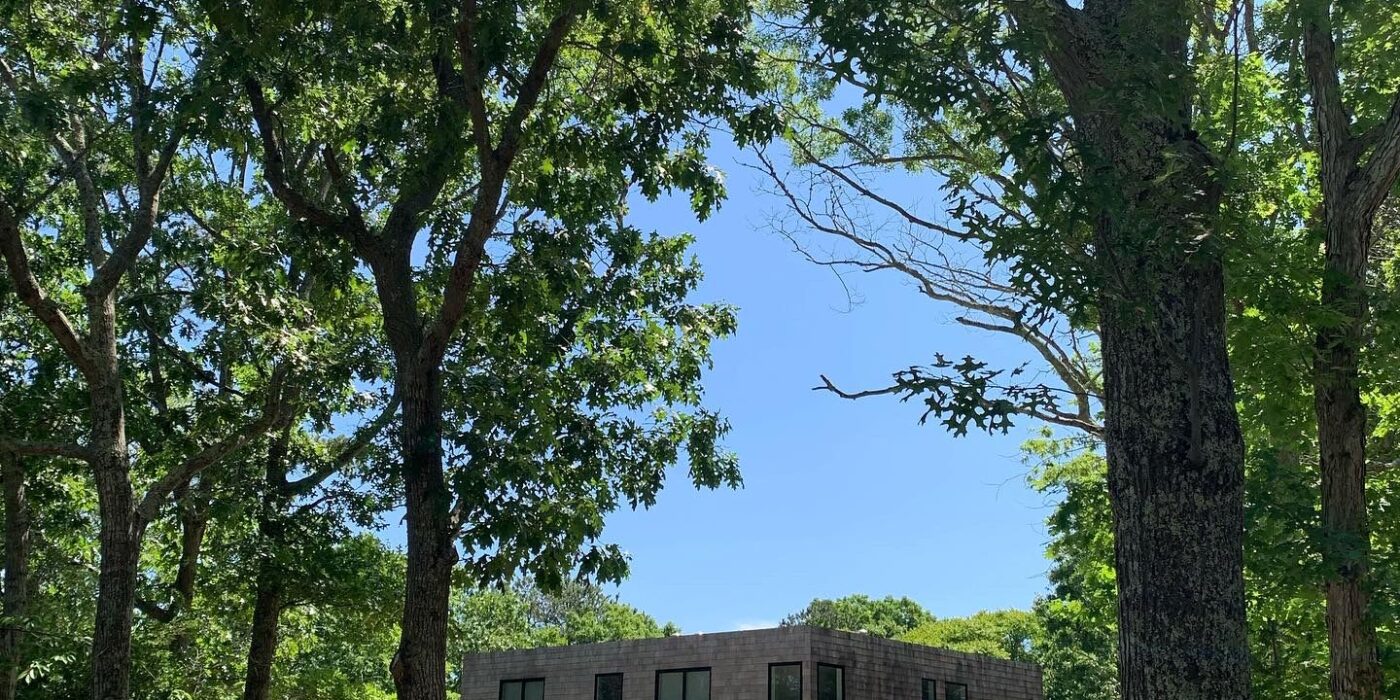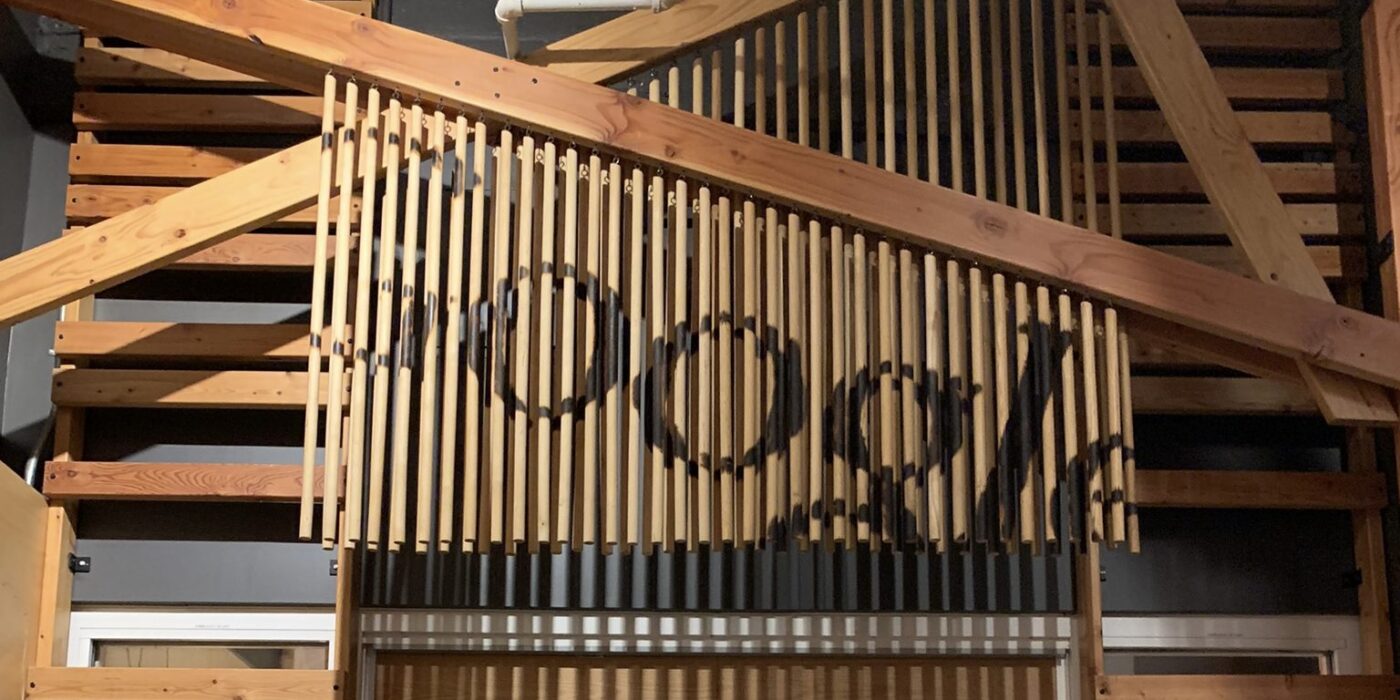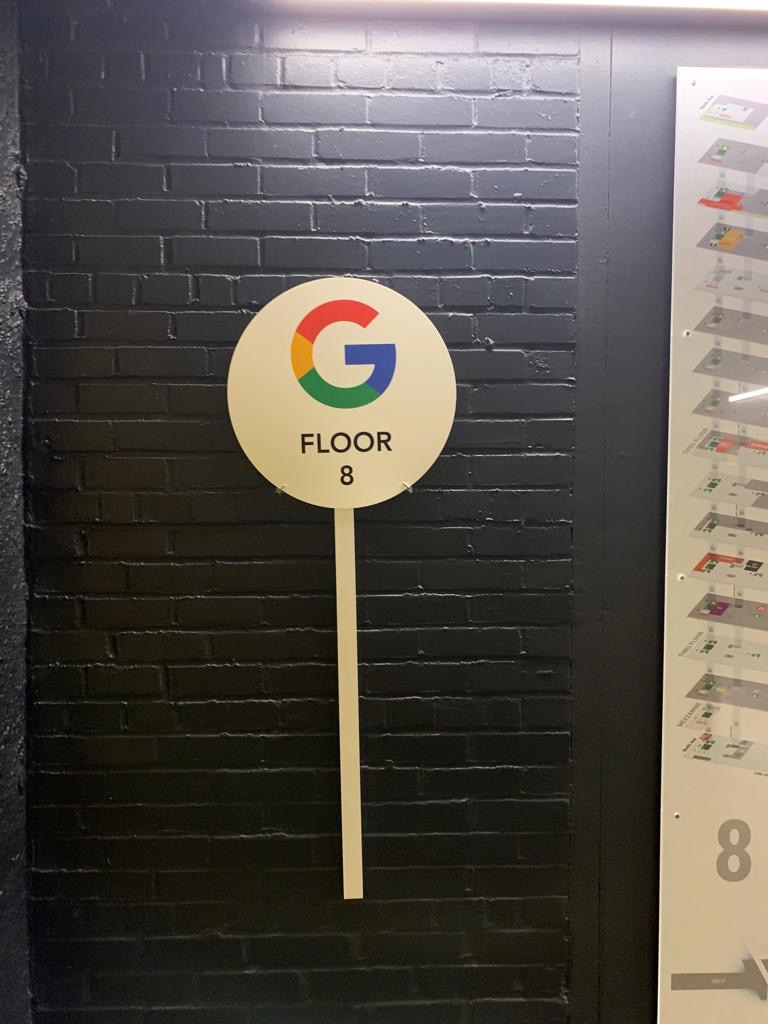Catherine Zeta-Jones and Michael Douglas saying goodbye to ritzy $12M New York estate
Hollywood A-listers Catherine Zeta-Jones and Michael Douglas are waving goodbye to their posh Hudson River estate, slapping a cool $12 million price tag on their Westchester County palace.
Nestled in the ritzy village of Irvington, a mere 20 miles from the hustle and bustle of Manhattan, this gated oasis sprawls over a luxurious 12 acres. The stunning property, snatched up by Zeta-Jones for $4.5 million in 2019, has seen its fair share of star-studded soirées, including a recent campaign bash for President Biden, according to the Wall Street Journal, which first reported on the listing.
The “Wednesday” star, 54, reflected on their time in the mansion with fondness. “When I purchased our Irvington home I knew our family would share many happy times here, and we have!” she told the Journal, adding that with both of their kids now having flown the coop, the timing feels “right” for a sale. “Michael and I plan to spend more time in Bermuda and Europe,” she revealed, citing work commitments pulling them overseas.
The couple has a home in Bermuda that has been listed for sale in the past. Made up of eight bedrooms and 12 baths, their upstate estate is steeped in history, boasting 130 feet of prime river frontage once owned by Charles Lewis Tiffany of Tiffany & Co. fame, as well as the Matthiessen sugar dynasty. The current Georgian-style stunner, dating back to the 1920s, spans a whopping 12,000 square feet with grand columns and an elegant brick-and-stone façade. A 100-foot terrace offers idyllic river views. Inside, the splendor continues with a two-story, oak-paneled library, an indoor pool, and a kitchenette on the lower level that opens to a picturesque terrace. The power couple has tastefully updated the mansion while preserving its original charm, blending formal and casual spaces seamlessly.
“There’s a blend of formal and informal rooms,” listing agent David Turner of Compass added. “There’s a family room next to the kitchen, which many of these old mansions don’t have.” The estate is a stone’s throw from Irvington’s charming main street, bustling with shops and restaurants and offering a quick train ride to Manhattan. “Longmeadow is a spectacular property — a true Hudson River estate. The owner has done a masterful job in renovating the house in a cool, comfortable and modern aesthetic that preserves its original grandeur and integrity,” Turner told The Post.
Five of the bedrooms come with ensuite bathrooms. The Oscar-winning duo, who previously resided in nearby Bedford, have a knack for lucrative real estate flips. Zeta-Jones sold their Bedford home for a staggering $20.5 million after buying it for $11.25 million. Douglas, meanwhile, once listed their Central Park West pad for $21.5 million.
